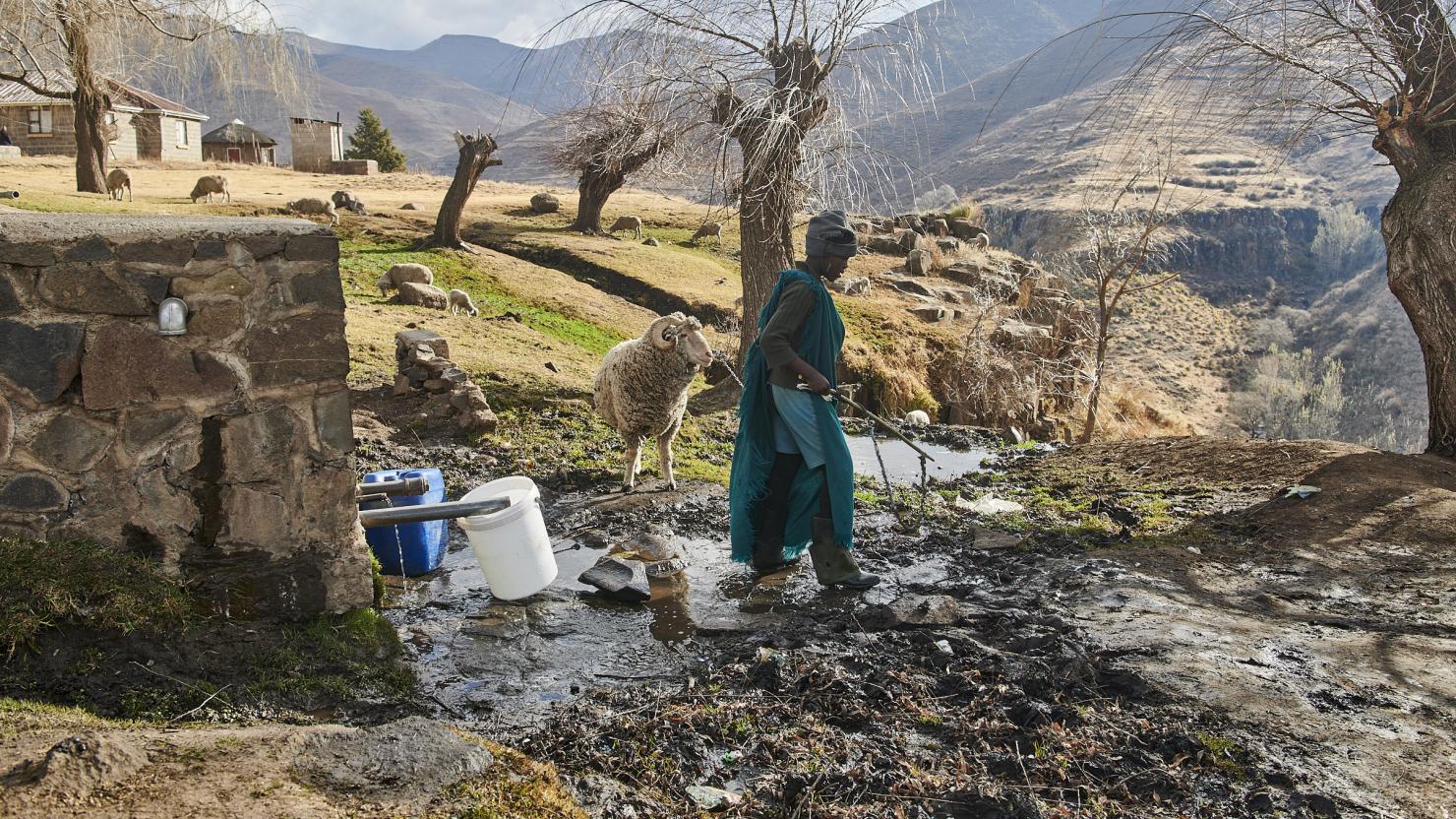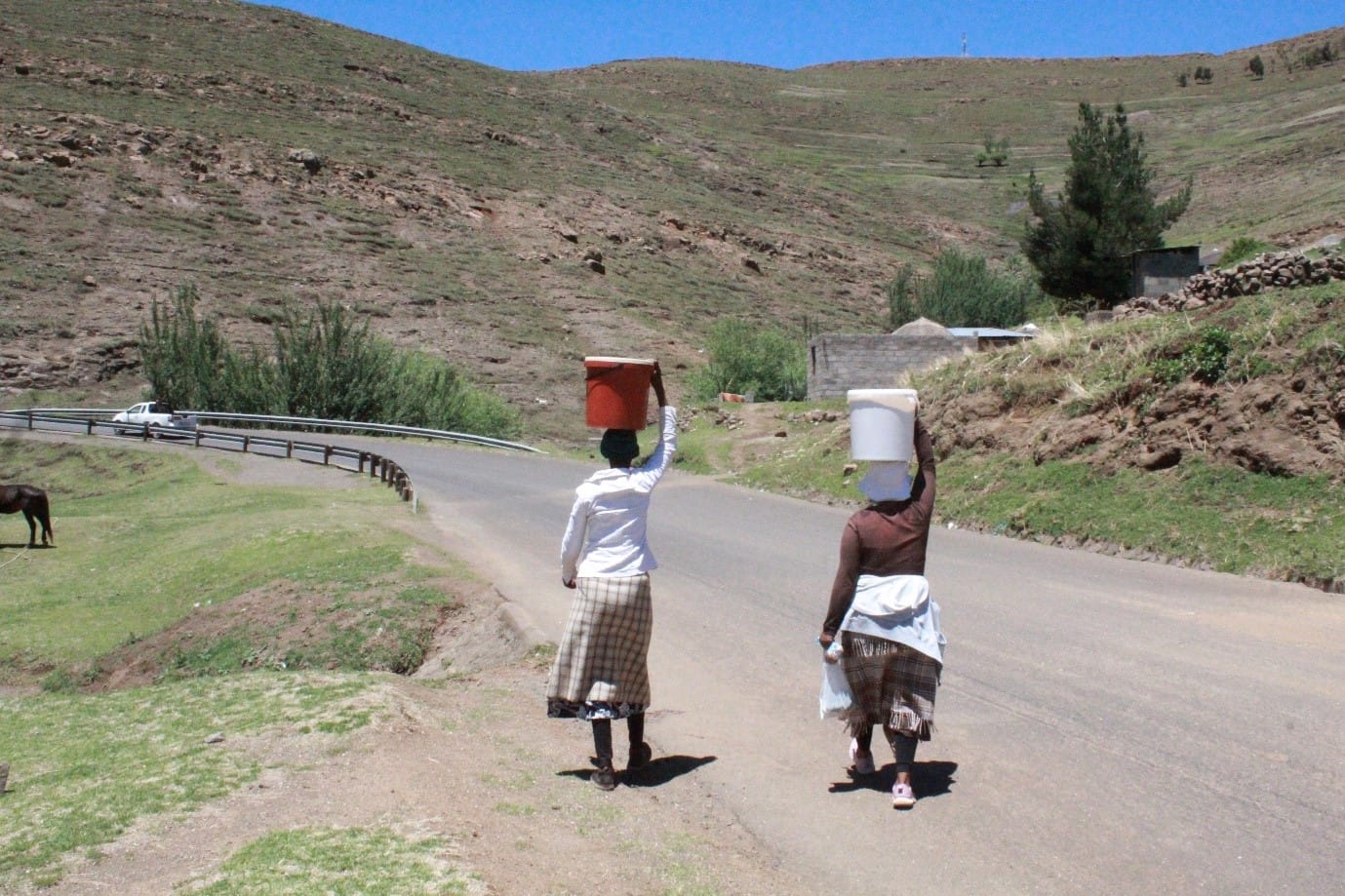The water-deprived communities
By Leonie March, Freelance Journalist at AfrikaRiff, Weltreporter and RiffReporter in collaboration with Seinoli Legal Centre.
The Katse reservoir nestles picturesquely against the mountain slopes and meanders through several valleys, and the smooth water surface reflects the clouds in the Lesotho highlands. Surrounded by neighboring South Africa, the small kingdom in the mountains is considered the water tower of the entire region. The dam has supplied the South African economic center around Johannesburg with drinking water since 1998.
It is the heart of the so-called Lesotho Highlands Water Project, which consists of dams, tunnel systems, pumping stations, and hydroelectric power plants. It is one of the “most successful transboundary water management systems in the world”, according to the responsible authority, the Lesotho Highlands Development Authority (LHDA).
“The water belongs to South Africa and no longer to us”
But when Mothusi Seqhee looks at the huge glittering expanse of water, he sees something different: “The water belongs to South Africa and no longer to us,” he says. “We can’t use it how we want. It’s a problem.” Seqhee works for the Seinoli Legal Center – an NGO founded in 2010 to represent the interests of displaced or dispossessed villagers because of this major project.



